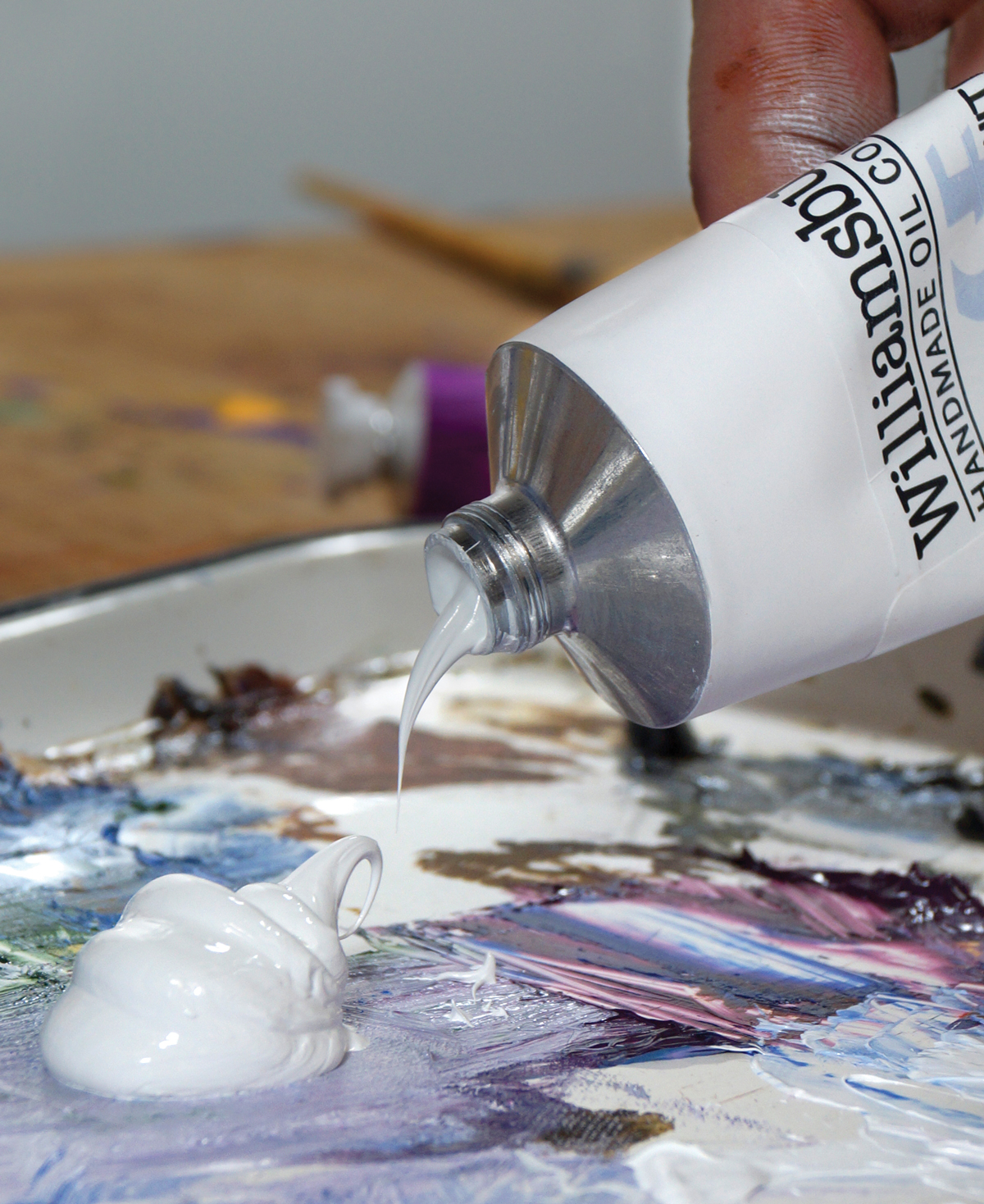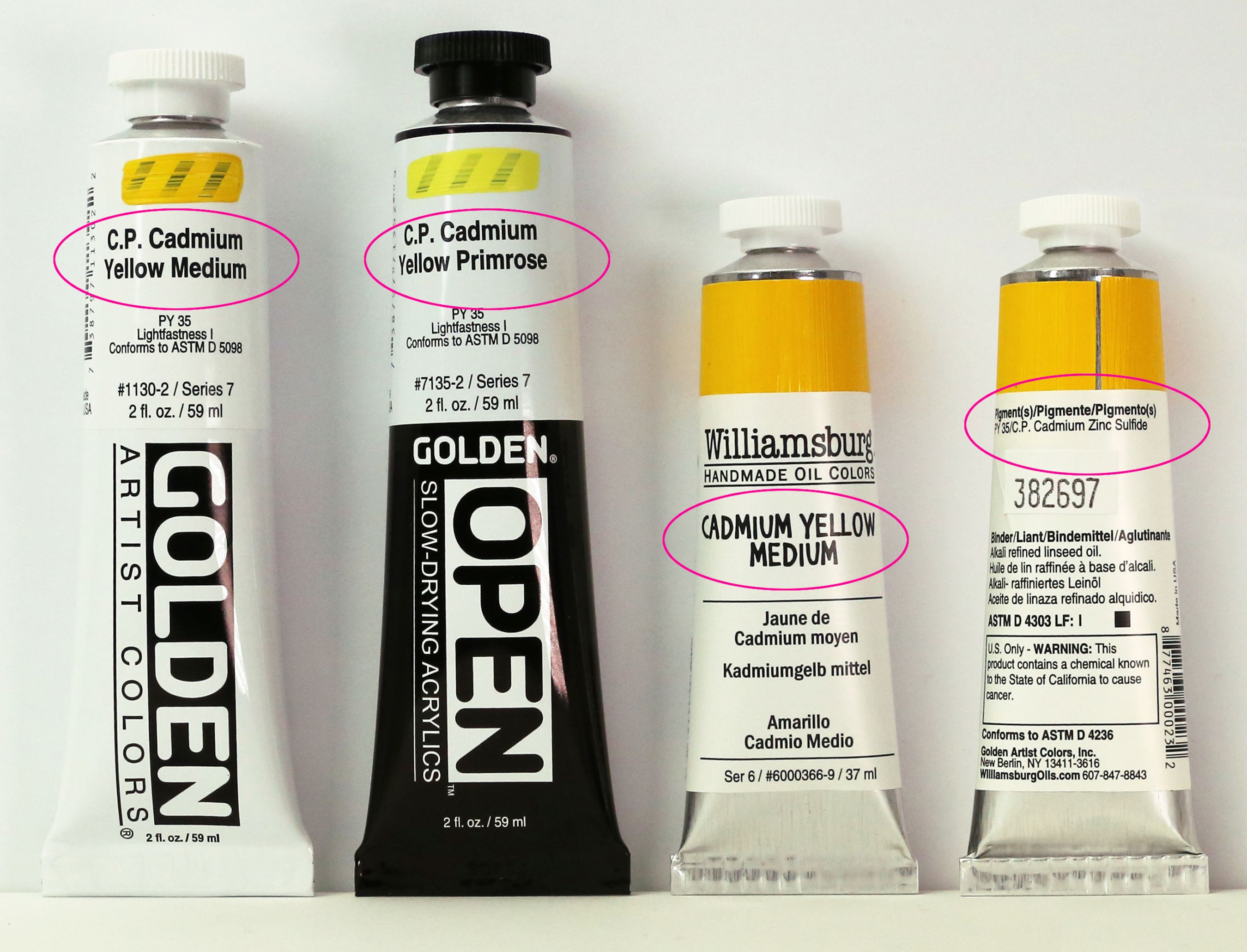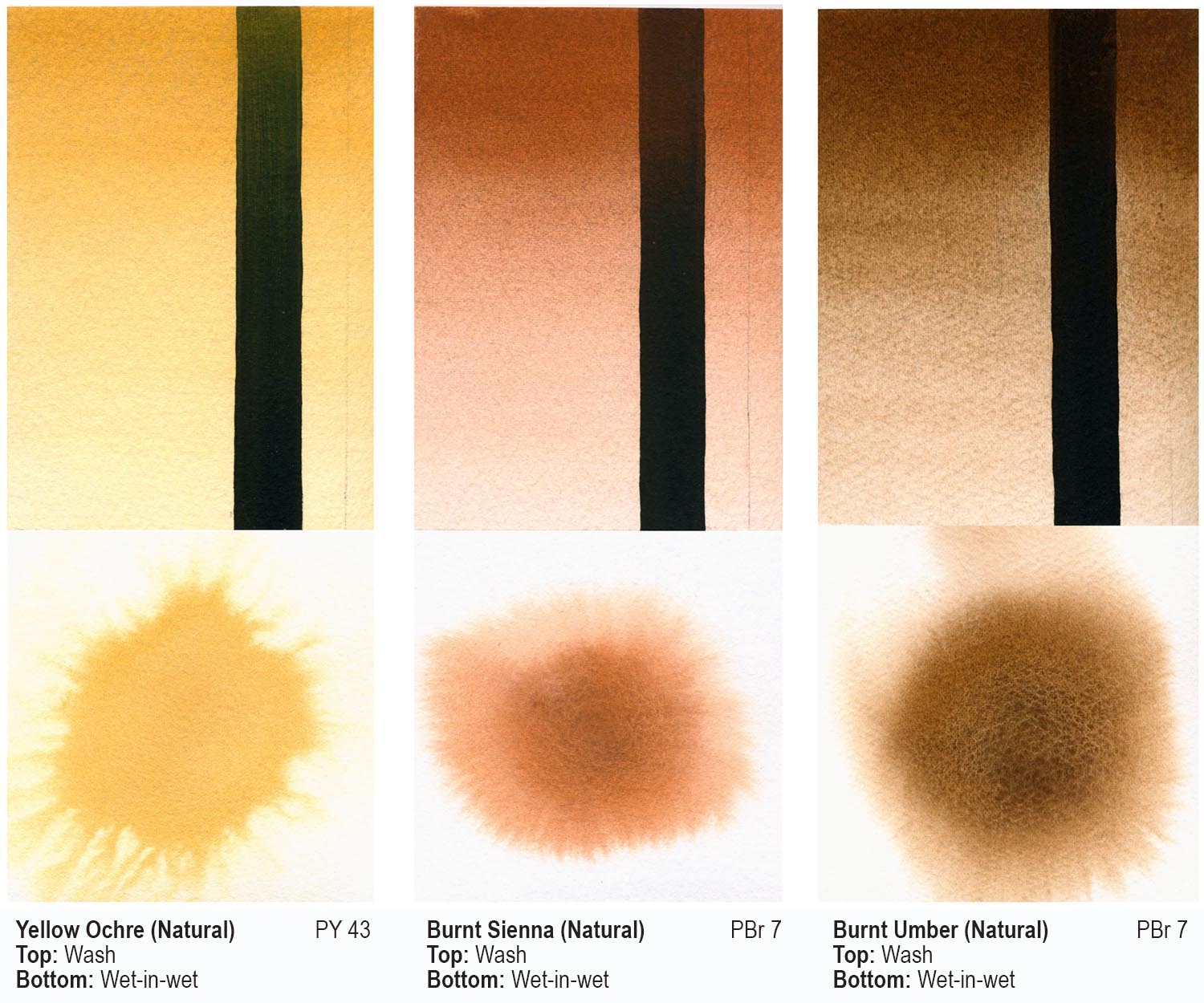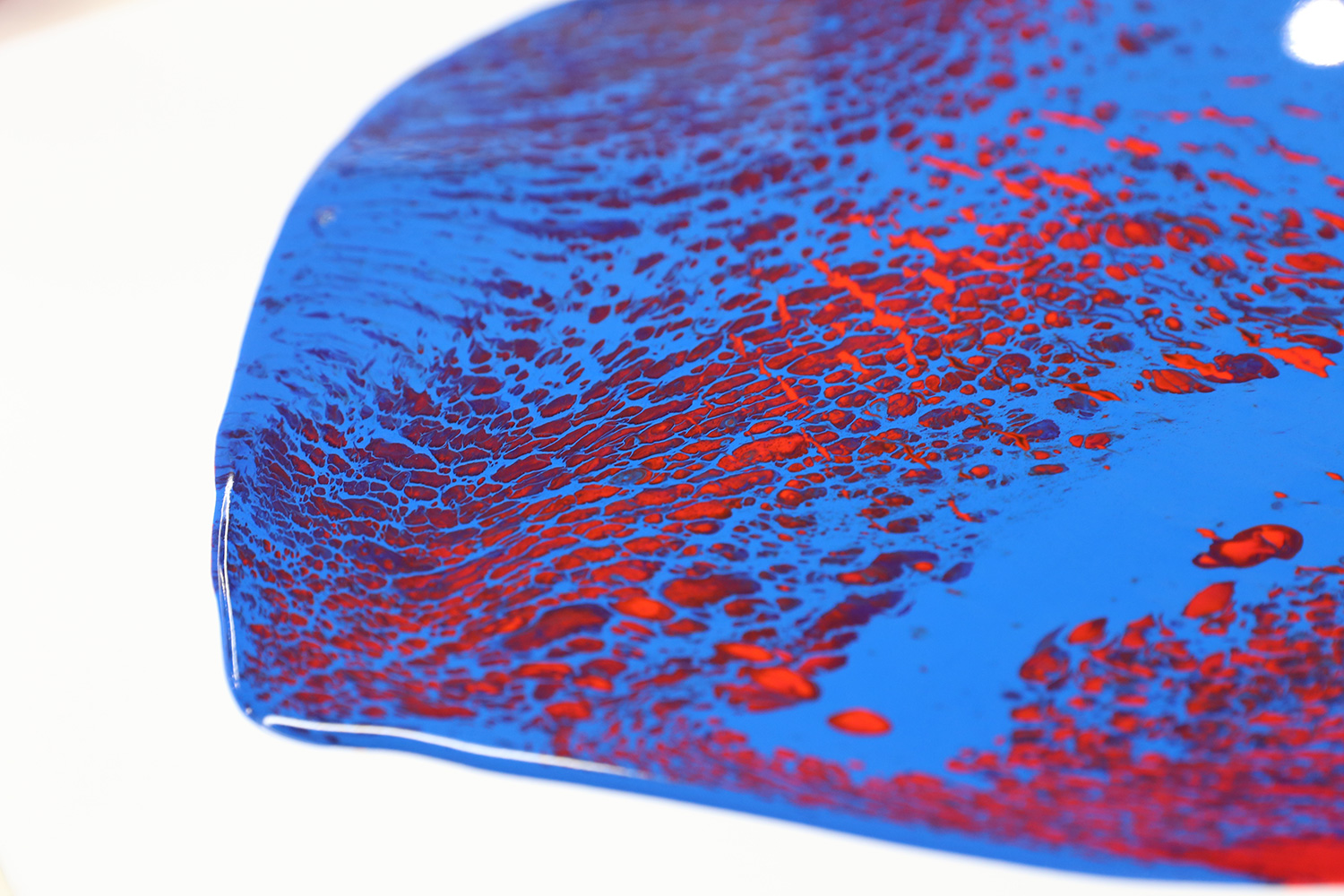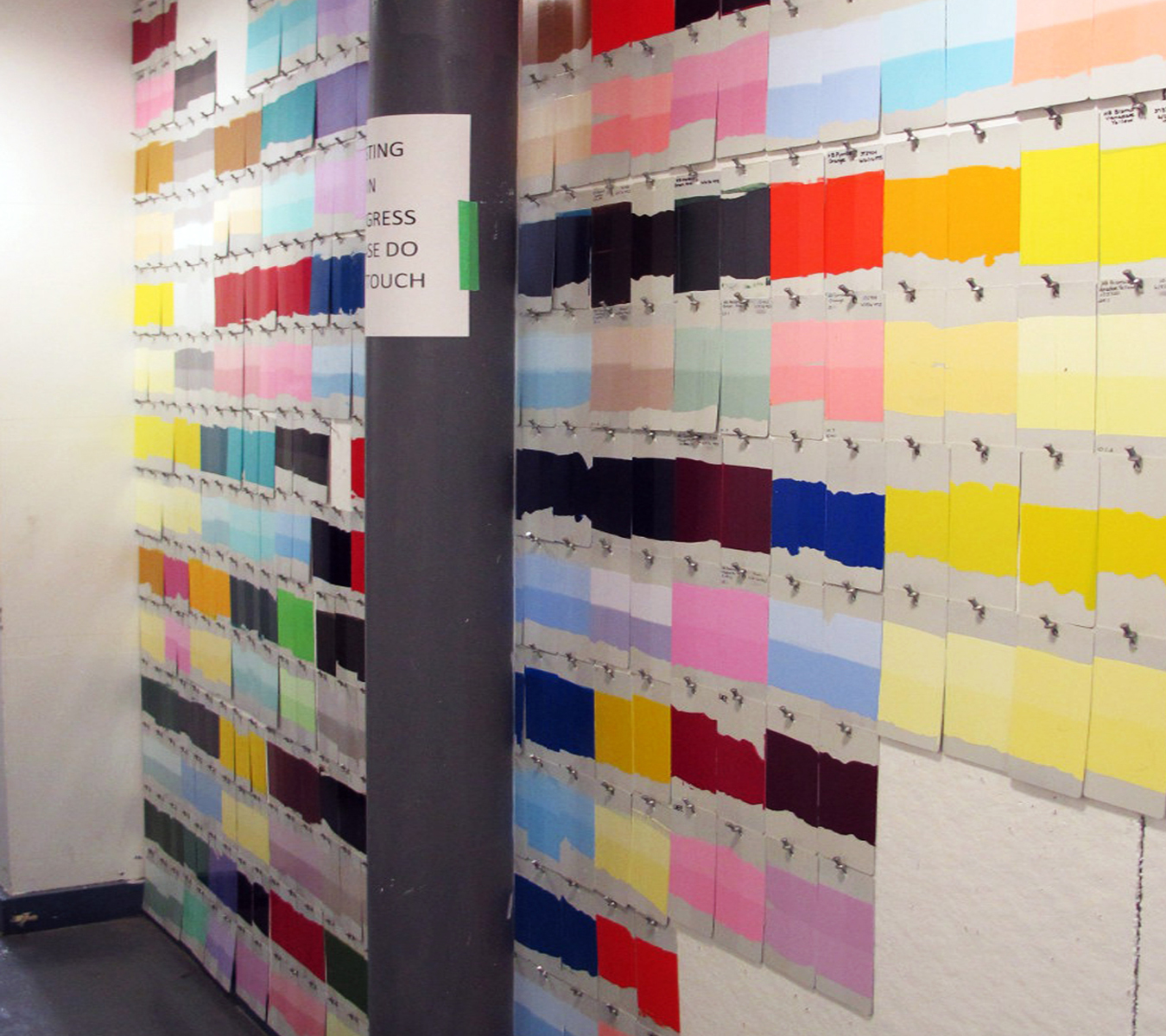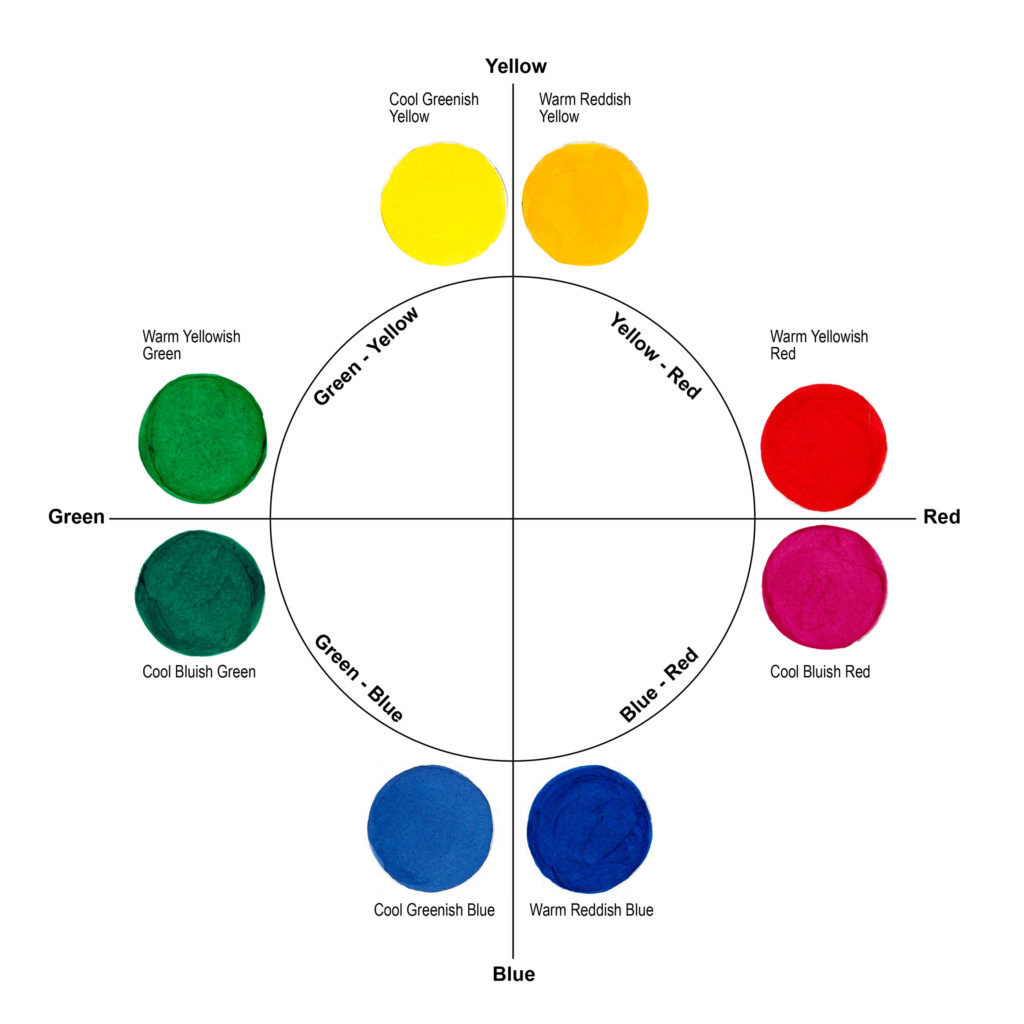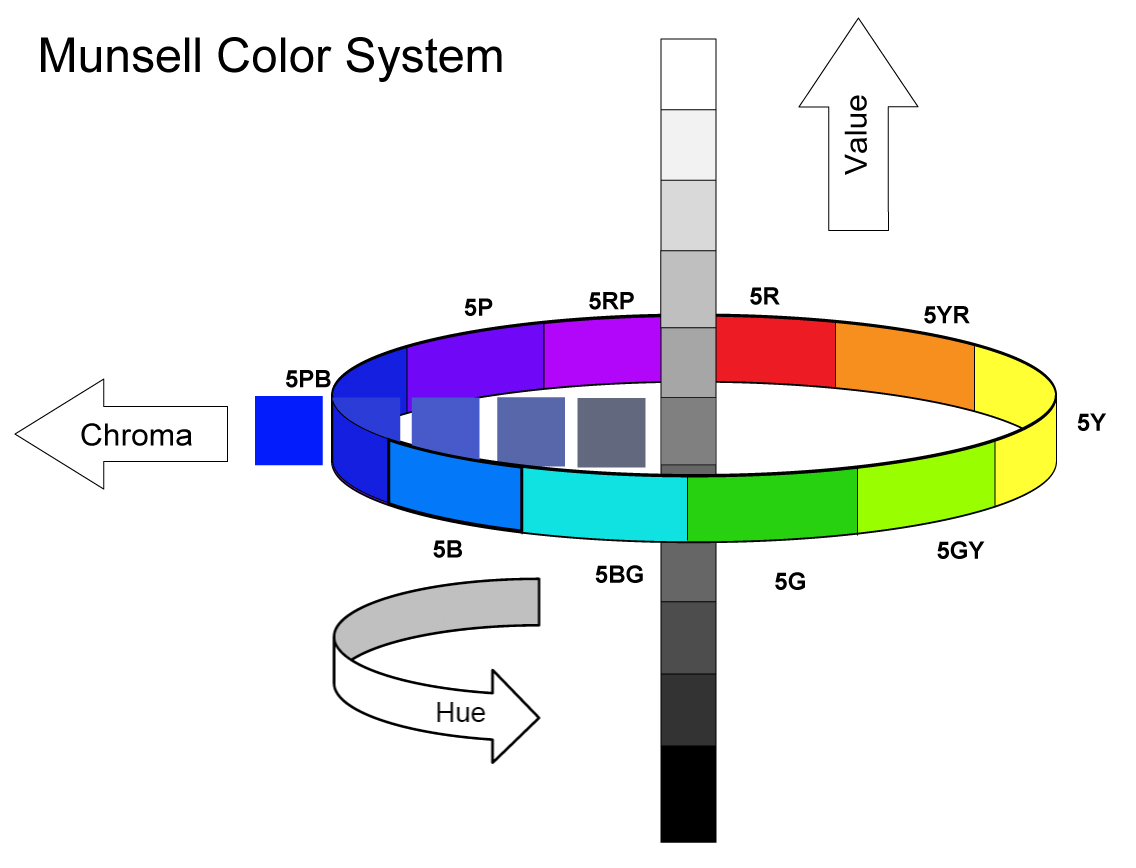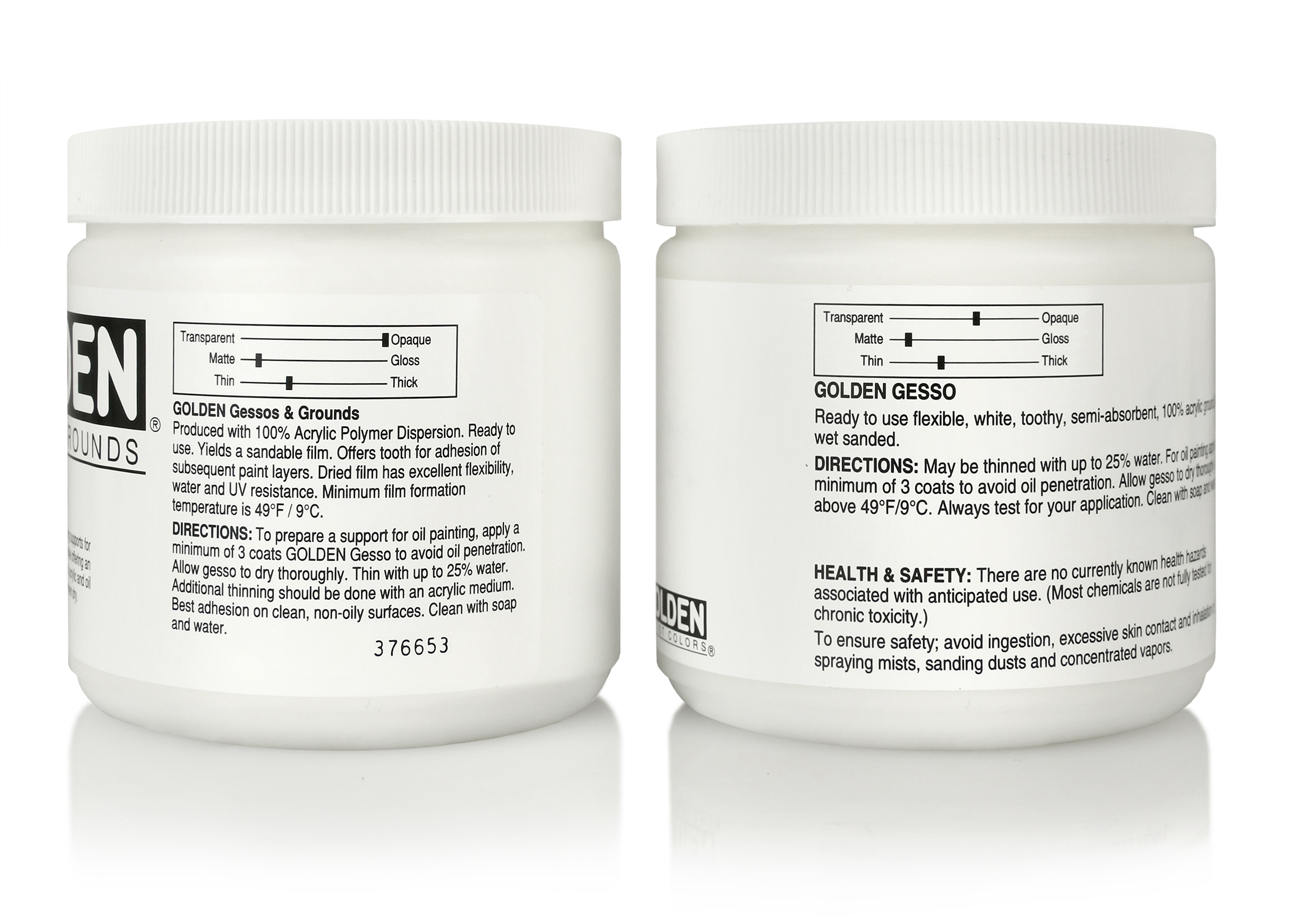Introduction The use of Zinc Oxide in oils has been the focus of a lot of attention lately, especially around its potential to cause an increased rate and degree of embrittlement, cracking, and cleavage of oil paint films. Passionate positions have been staked out on all sides, while various studies have been cited and pored … Read more
Home>Color> Conservation> History> Research > Zinc Oxide: Warnings, Cautions, and Best Practices
Archive | Color
You may have noticed the letters “C.P.” preceding the names of our GOLDEN Acrylic Cadmium colors, or come across “(CC)” as part of the cadmium pigment listing found on the back of labels and in pigment ID charts. And…you may have wondered what they mean. This has been a common question over the years and so … Read more
The description “earth pigment” originally indicated both a natural material mined from the earth, and ancient iron oxide colors dominated by browns, tans, golden yellows, and rusty oranges. These are the painters’ traditional Sienna, Ochre, and Umber color families. Natural pigments now have synthetic siblings that greatly expand the earth color family. Synthetic iron oxides … Read more
Paint Additions Into GAC 800 for Pouring Applications Several rounds of test mixtures of GAC 800 and GOLDEN paints. By far, the most popular GOLDEN Acrylic Medium used for pouring paints is GAC 800. Our Heavy Body Acrylics, Fluid Acrylics, and High Flow Acrylic paint lines readily blend with this free-flowing medium. These mixtures will merge … Read more
While we often report on results from lightfastness testing, we have rarely paused to actually describe the process we follow. And let’s face it, for most people stating that our tests conform to ASTM D4303, Standard Test Methods for Lightfastness of Colorants Used in Artists’ Materials, does very little to fill in the blanks. In an attempt to solve … Read more
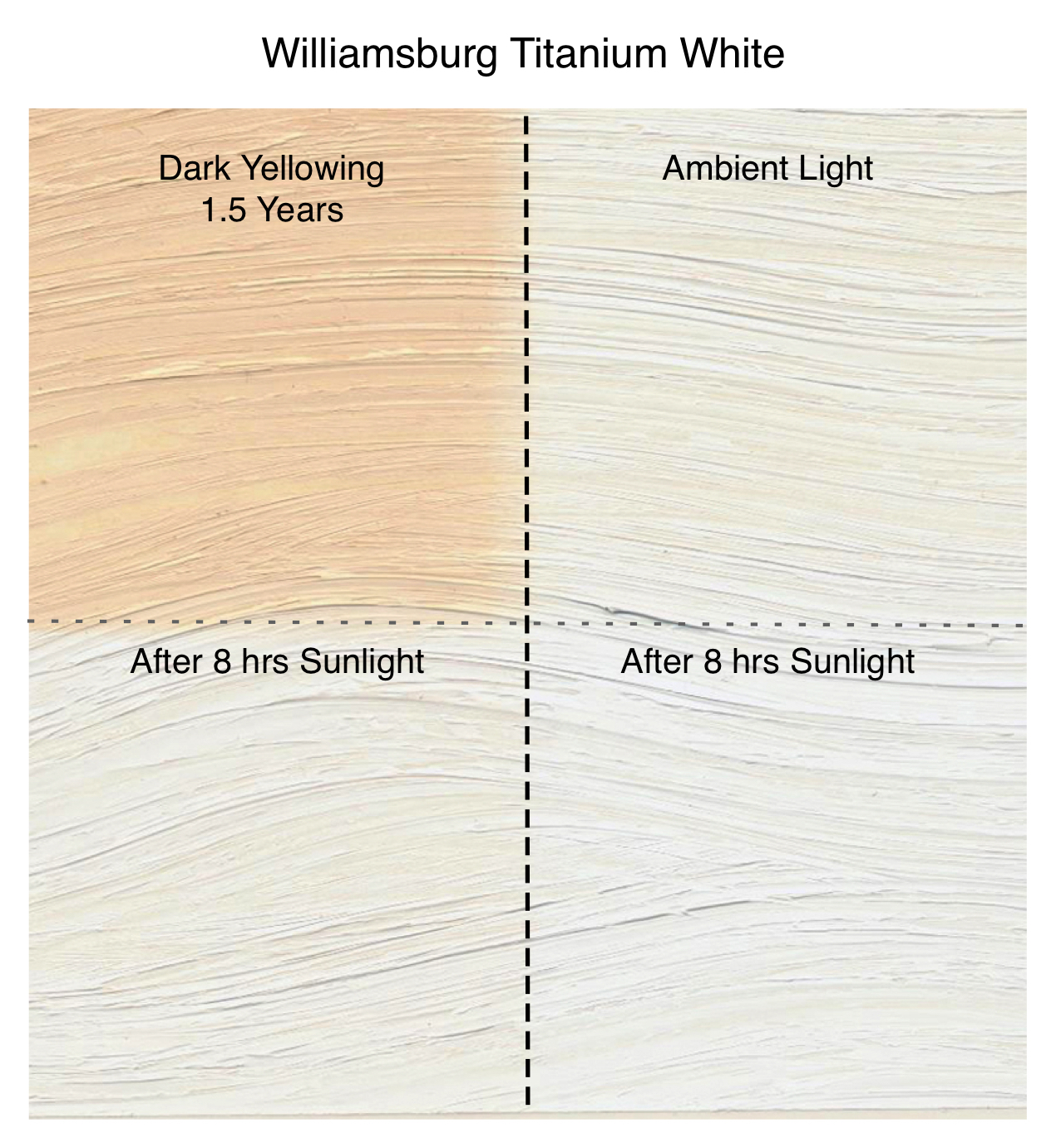
Dark yellowing is the reversible, temporary yellowing that dried oil paint undergoes when stored in the dark or subdued lighting. While noted in many historical writings, most painters remain unaware of it and become surprised or concerned when they discover it happening to their own works. Which makes sense. With no other context to go … Read more
Direct, exterior exposure is highly demanding on coatings, with the test fences set at a 45º angle to maximize the effect of sun, rain, snow and ice. In 1993 and again in 2009, long-term exterior tests of the acrylic colors lasting 4 and 3 years respectively were conducted in South Florida. From these results and in … Read more
The concept of warm and cool colors has been written about for hundreds of years. Most theories start with the classic six point color wheel (three primary colors and three secondary colors). A dividing line splits the wheel into warm and cool. The line location varies based upon the reasoning of the theorist. Regardless, the … Read more
It’s summertime and Munsell is in the air. Or at least it seems that way, given the increasing number of requests for various Munsell notations that have recently come our way. And if you happen to be new to Munsell, a widely used standard for classifying colors since its debut in 1905, not to worry – there is … Read more
You might have recently noticed that we updated our labels for Grounds, Mediums and Gels to aim for better clarity, accuracy and simplicity. While reviewing the labels, we decided to both standardize the descriptions of all of these products and double check the accuracy of the sliders which help convey opacity, sheen and thickness. In … Read more

